I view eating out much as I do gambling – I’m in it for the win. Who has time to waste on the average or merely good when exceptional dining experiences await around every corner if you only know where to look? Selecting a great restaurant is the logical first step.
But equally important is knowing what to do after that (preferably linen) napkin has been floated into your lap.
Rest assured – my guide covers all this and more.
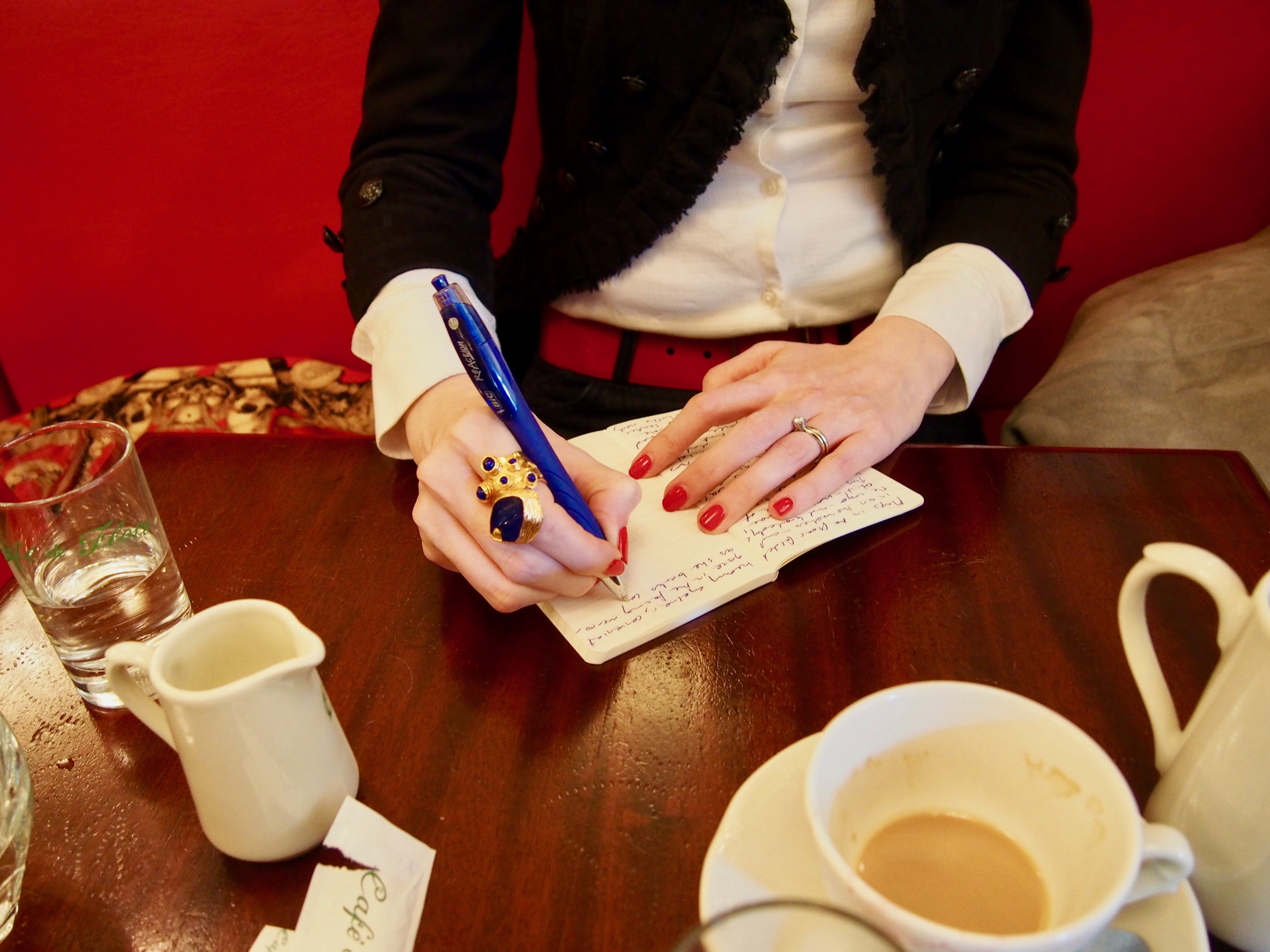
Many years ago, I met the (then) restaurant critic for The Sydney Morning Herald at the Noosa Food and Wine Festival. When I expressed interest in becoming a restaurant reviewer, he burst out laughing. “Why,” he practically wept. “Do you want to be poor and fat?”
If that’s what it takes!
Without further ado, here are my six top tips to ensure you experience world-class restaurant dining each and every time.
1. Research, research, research
My approach to eating out is simple: obsessive research. If you’re hoping to waltz into a restaurant you’ve never heard of and encounter greatness, chances are you’ll end up bitterly disappointed. Sure, it could happen – and when it does it’s an absolute joy. But the odds aren’t stacked in your favour.
As I’ve written about here, K and I plan the itinerary on our overseas trips around reliably excellent restaurants we have researched in advance.
At home or abroad, I suggest you approach restaurant dining in the exact same way.
No need to give up your day job. 10 minutes of judicious research could be the difference between an average dining experience and one that moves you so deeply you can recall each magnificent course for years to come.
I pride myself on being the person in my friendship group that is infuriatingly knowledgable about the local restaurant scene. How? I subscribe to a few strategic food publications. My favourite Aussie print ones are Australian Gourmet Traveller (especially their annual restaurant guide) and The Age Good Food Guide, while online the Qantas website and The Urban List are reliably good.
Planning a European jaunt?
I wouldn’t dream of touching down at Charles de Gaulle without a hard copy of the red Michelin Guide Main Cities of Europe 2018.
This admittedly chunky gold nugget of a book is the undisputed bible when it comes to selecting winning restaurants of every stripe. Don’t be fooled into thinking they only cover exorbitant, Michelin-starred places. At least half the entries are for affordable little gems, ones where a 3-course menu will set you back around 35 Euro. K and I have a stash of past editions in our bookcase that we whip out when we’re feeling nostalgic. Which happens quite often.
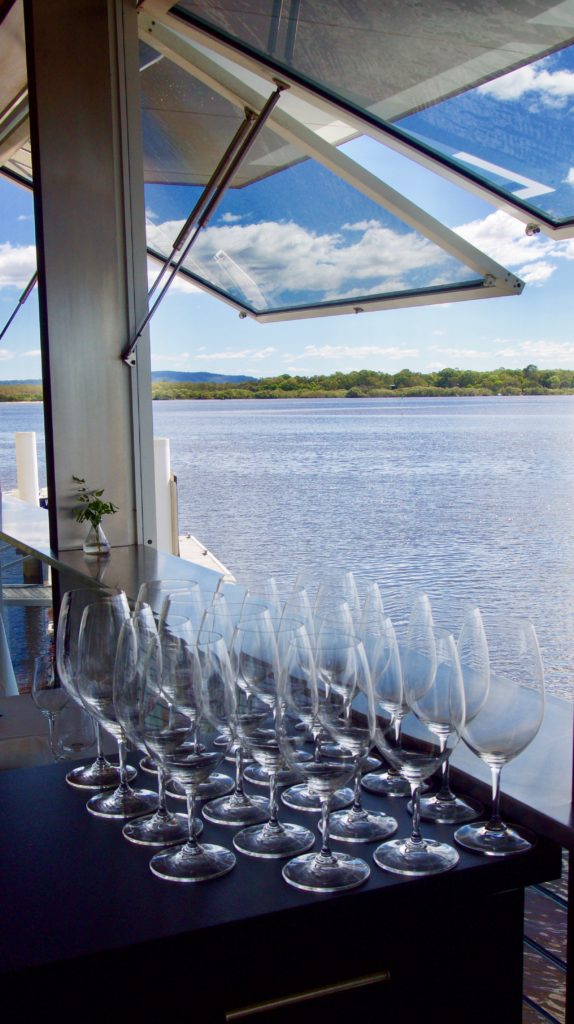
2. Make a booking (duh!)
It sounds obvious, but turning up at a restaurant you’re excited to dine at without a booking can be downright demoralising. If by some miracle they can squeeze you in (and you’d expect anywhere of value to be consistently busy), you’ll likely end up with a subpar table in a drafty thoroughfare. Plus, you’ll have pissed off the wait staff before you’ve even sat down – never a good idea.
In Rome last January, K and I decided to have a final celebratory lunch before flying home to Brisbane later that night. Over breakfast, I studied an Italian food publication (you’ve got to make time for these things) and found a traditional Roman trattoria the author had been visiting for 30 years called Armando al Pantheon. Thinking it was probably unnecessary, I called and made a booking for 1 p.m.
We arrived at the cosy wood-panelled restaurant to find it packed, bar our single remaining table.
Over the next hour a stream of unlucky punters without a booking trailed in.
And were each gently turned away.
This final supper turned out to be one of our most memorable meals in Rome. Don’t get me started on those exquisite fried artichokes…
Book, people! It only takes a minute and the rewards are infinite.
3. Prepare your stomach in advance
On our month-long honeymoon in Paris, K and I made the mistake of having two restaurant meals a day. After a week or so of gluttonous eating, we made an unfortunate discovery: we had reached peak fullness.
Never been there?
Peak fullness is a state where you are so utterly stuffed that a single café crème or burnished croissant can ruin your appetite for the rest of the day.
In a city like Paris, overeating to the extent that you can no longer enjoy your food isn’t just a tragedy. It’s downright criminal.
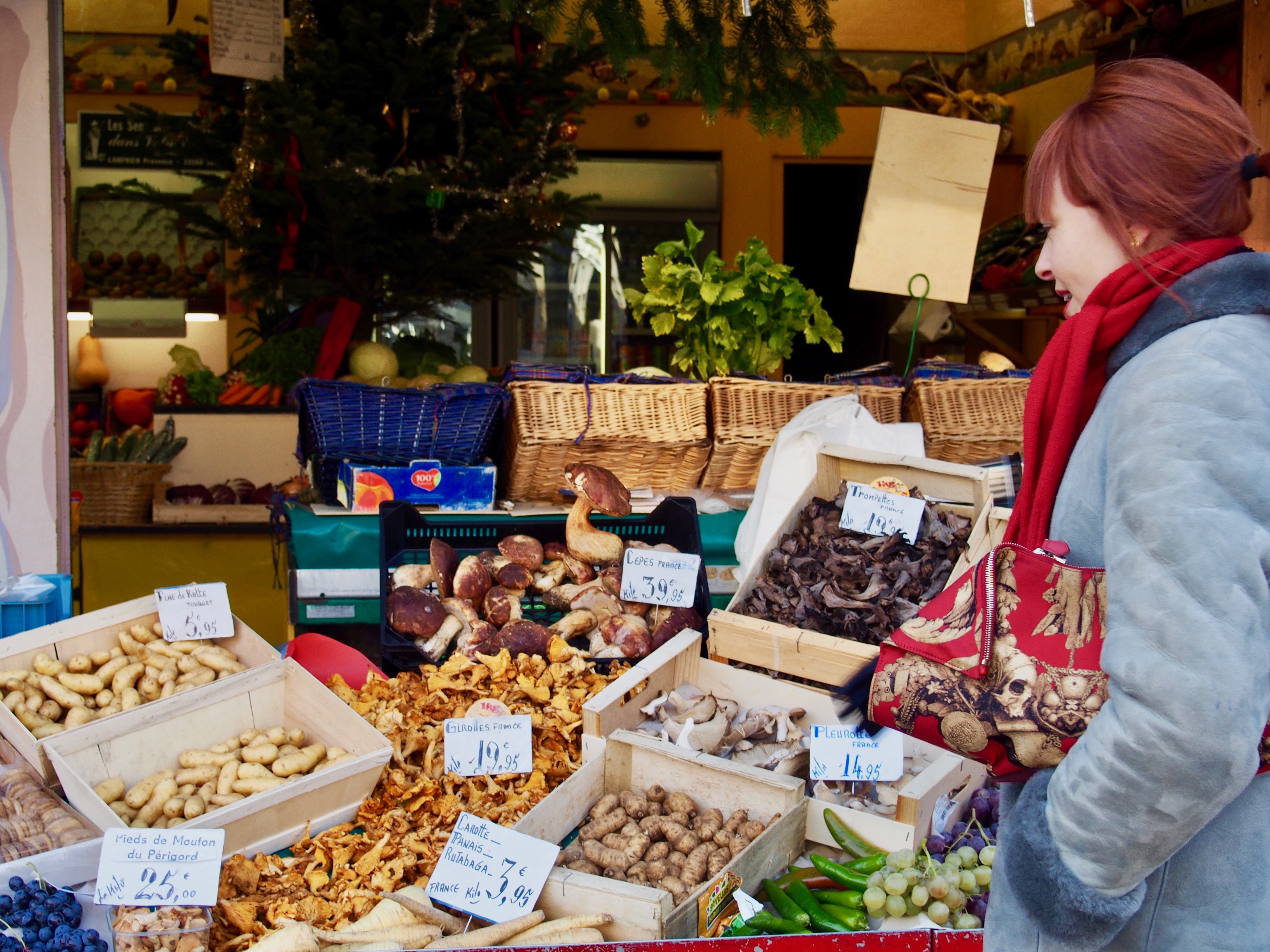
Take-home lesson? If you’re heading out to a rich lunch, skip breakfast and just have a coffee. Or if you must eat, make it something light like a green smoothie or a piece of fruit. Likewise, if a degustation dinner is on your horizon, have a decent breakfast but a teensy lunch. If I’m doing some serious restaurant dining in the middle of the day, I tend to skip dinner altogether, or to have something small like a bowl of steamed zucchini with parmesan and pine nuts.
Try it, it’s delicious.
4. Take advantage of lunch specials
Good God, do I love me a lunch special. If you’re looking to dine at some of the world’s best restaurants in Paris or Florence or Rome, take my word for it – you want to be doing it at lunchtime. Strike lunchtime gold and you can save up to 100 Euro per person compared to eating the exact same meal at dinner.
The greatest bargain I have ever encountered is the lunch special at my all-time favourite restaurant, the 3 Michelin-starred Le Pre Catelan in Paris, below.
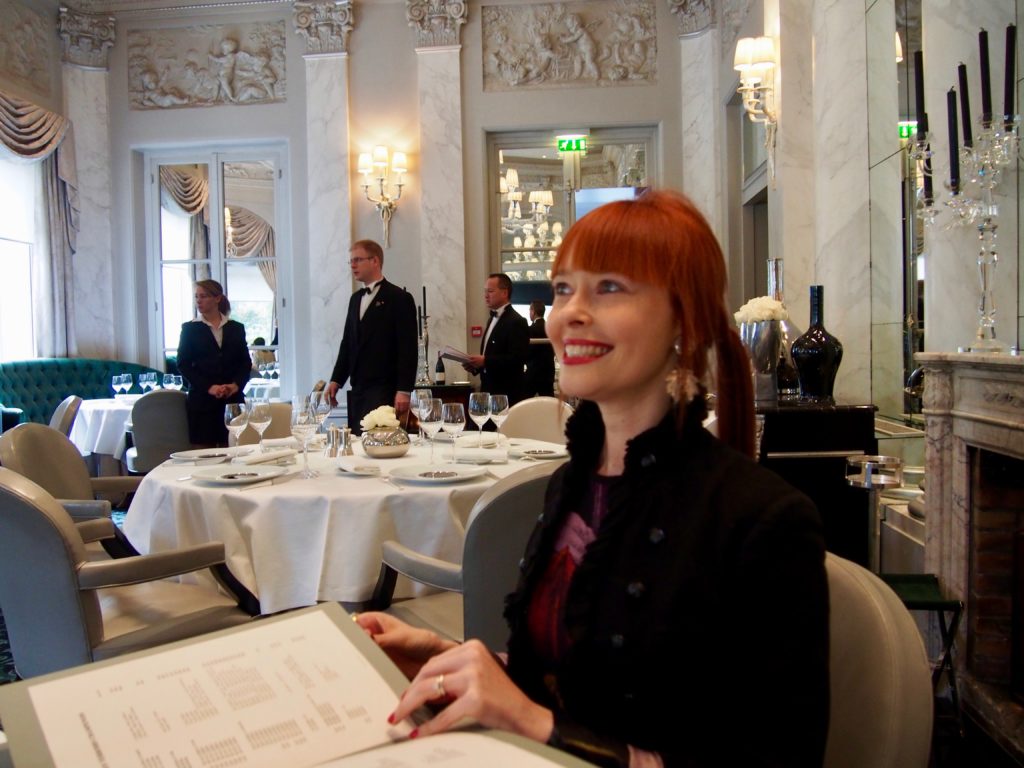
Whereas at dinner a main meal will set you back an eye-watering 120 Euro, at lunch you get four courses of the most mouthwatering, intricate and deeply flavoured food imaginable for a mere 130 Euro. This price includes countless amuse-bouche, palate cleansers and pre-desserts, an embarrassment of liveried wait staff at your service, and the most majestic, light-filled dining room I have ever set foot in. (I refer you to the main picture – see what I mean?).
In Australia, sadly, the lunch special is a rare phenomenon – meaning I have the few great restaurants that offer one on speed dial. This includes Café di Stasio, Rosetta and Bistro Thierry in Melbourne, and Quay in Sydney. (Are there any brilliant lunch specials in Brisbane that I’ve missed? Let me know in the comments!).
Bottom line, you don’t want to risk ruining an amazing restaurant experience because you’re too full to care.
* N.B. – In order to avoid peak fullness when travelling in Europe, K and I like to switch things up. One day we indulge in a lunch special, the following evening we dine at an affordable bistro or wine bar. Just never both in one day. I recommend this approach to restaurant dining wholeheartedly.
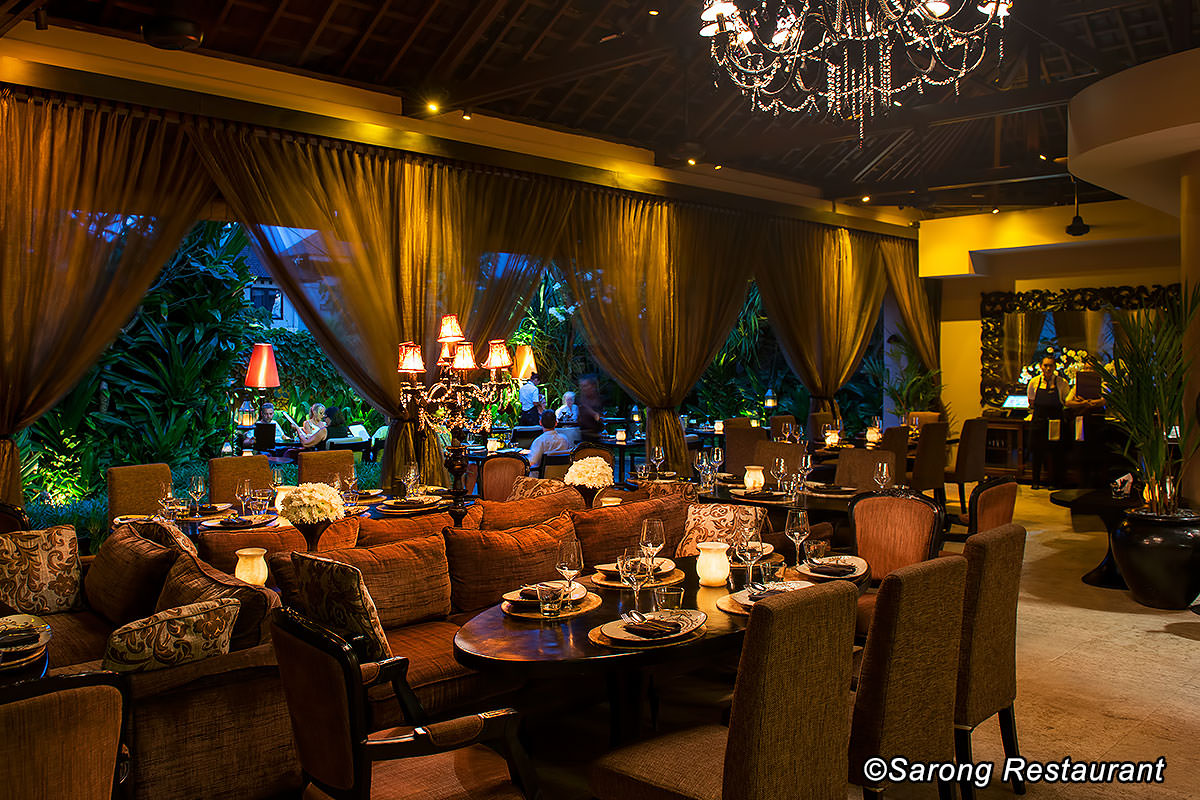
5. Exceptional wait staff? USE THEM
An accomplished waiter is worth their weight in gold. Friendly yet professional, well-versed in the menu and genuinely passionate about their place of work… This experienced man or woman is your best asset when it comes to ensuring a superlative meal.
Talk to your waiter thoroughly before ordering.
Which dish or dishes is the restaurant known for? What is their favourite dish on the menu? And remember to give your waiter an idea of the type of meal you’re after. Are you craving rich meat dishes or light and fragrant salads? A multi-course meal or a single main? Are you in a hurry or would you prefer to linger? Once your waiter understands the dining experience you’re after, they will recommend dishes accordingly.
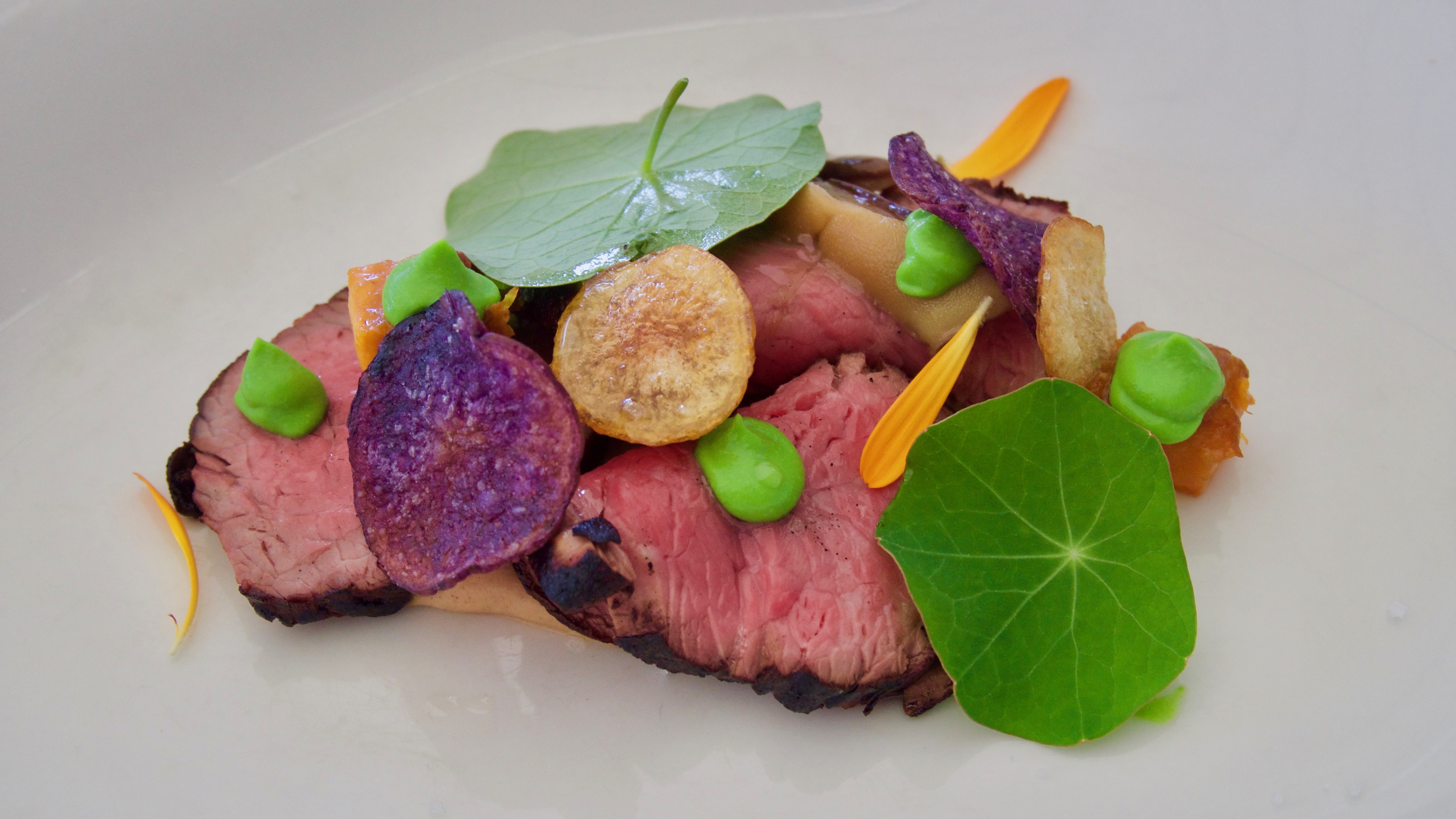
Trust is critical here.
A great waiter will never shove a special down your throat simply because the kitchen’s looking to shift a load of whitebait.
Once you have ascertained that you are in the hands of a true hospitality professional (this should take under a minute), trust them with ensuring you have a great quality meal. Simple.
And while you’re paying the bill, why not ask your waiter to suggest one of their own favourite restaurants? I’ve snagged some excellent insider info this way.
The best recommendation I ever received was for The Supper Inn in Melbourne’s Chinatown – a late-night Cantonese joint where chefs around town dine after their shifts. The lighting is fluorescent, the décor abysmal and the waiters run the gamut from careless to downright rude. But order correctly and the food’s a revelation.
God I love that place.
6. Stick to the restaurant’s specialty or specialties
At the world’s truly great restaurants, this principle doesn’t apply: everything they serve will be outstanding. Similarly, if a restaurant offers a tasting menu, you can bet it’s going to be made up of their finest dishes.
But in other eateries, especially those in tourist hot spots like Bali, you want to choose your meal carefully. In Seminyak, most restaurants will devote at least half the menu to international options like Caesar salad and burgers.
If you’re on the hunt for bland, superbly average food – by all means tuck in. But if you’re looking for an excellent meal, one you will recall fondly in the years to come, stick to local specialties.
In Bali, nasi or mie goreng, chicken satay and bebek bututu (roast duck steamed in banana leaf) are cooked with skill practically everywhere. The same goes for pasta in Rome, steak-frites in Paris, and game meat in Krakow.
The most delicious and affordable restaurant dining will always be comprised of local specialties. It really is a win, win.
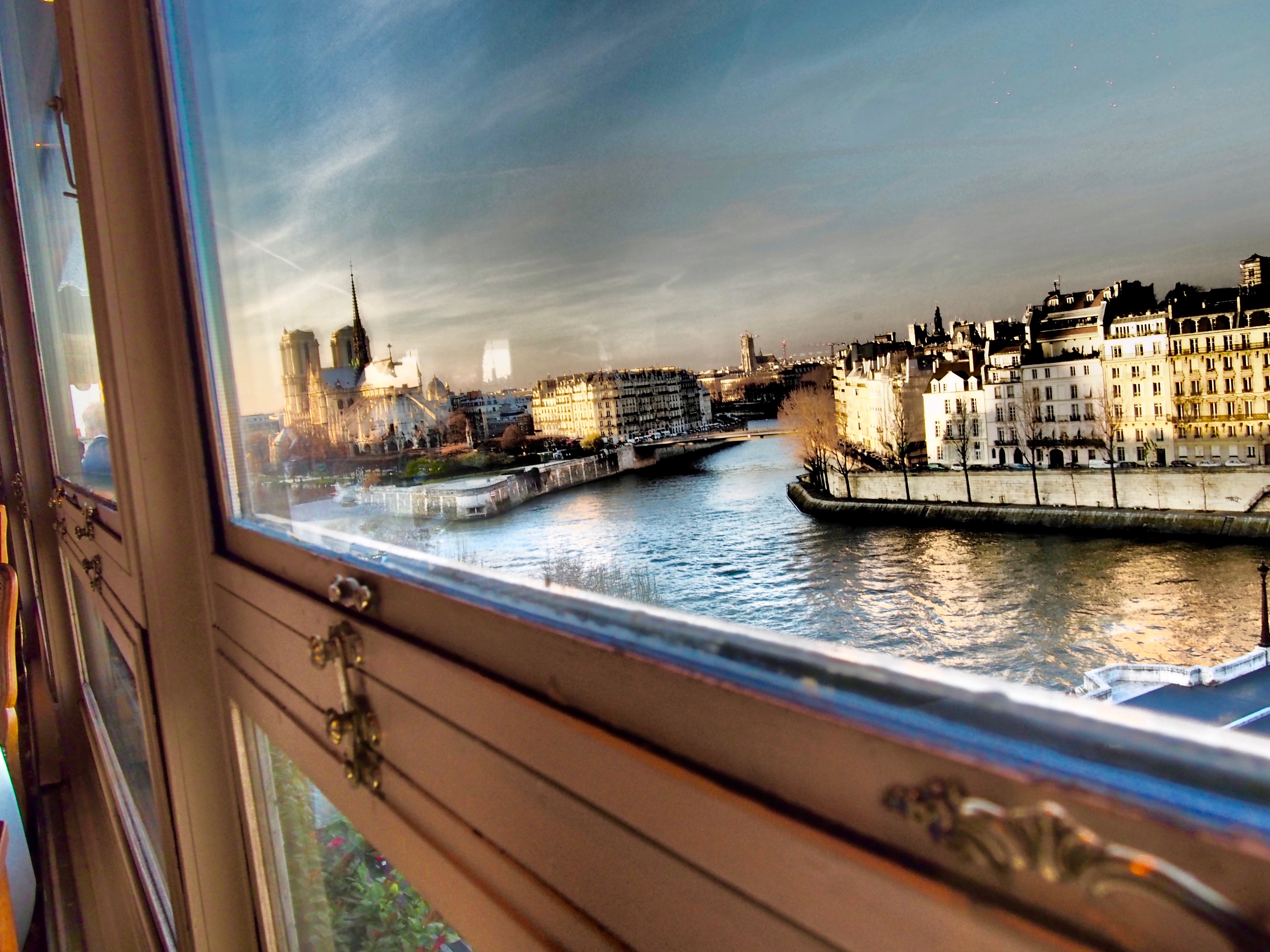
Friends, it’s still early in the year, but this ‘How To’ guide has got my juices flowing. So expect a detailed wardrobe post about how I get dressed in the morning later next week!
In the meantime – pass the petit fours, would you? 🙂
Antonia xo
PHOTOGRAPHY – Korian Strakosch
Featured image via – Le Pre Catelan
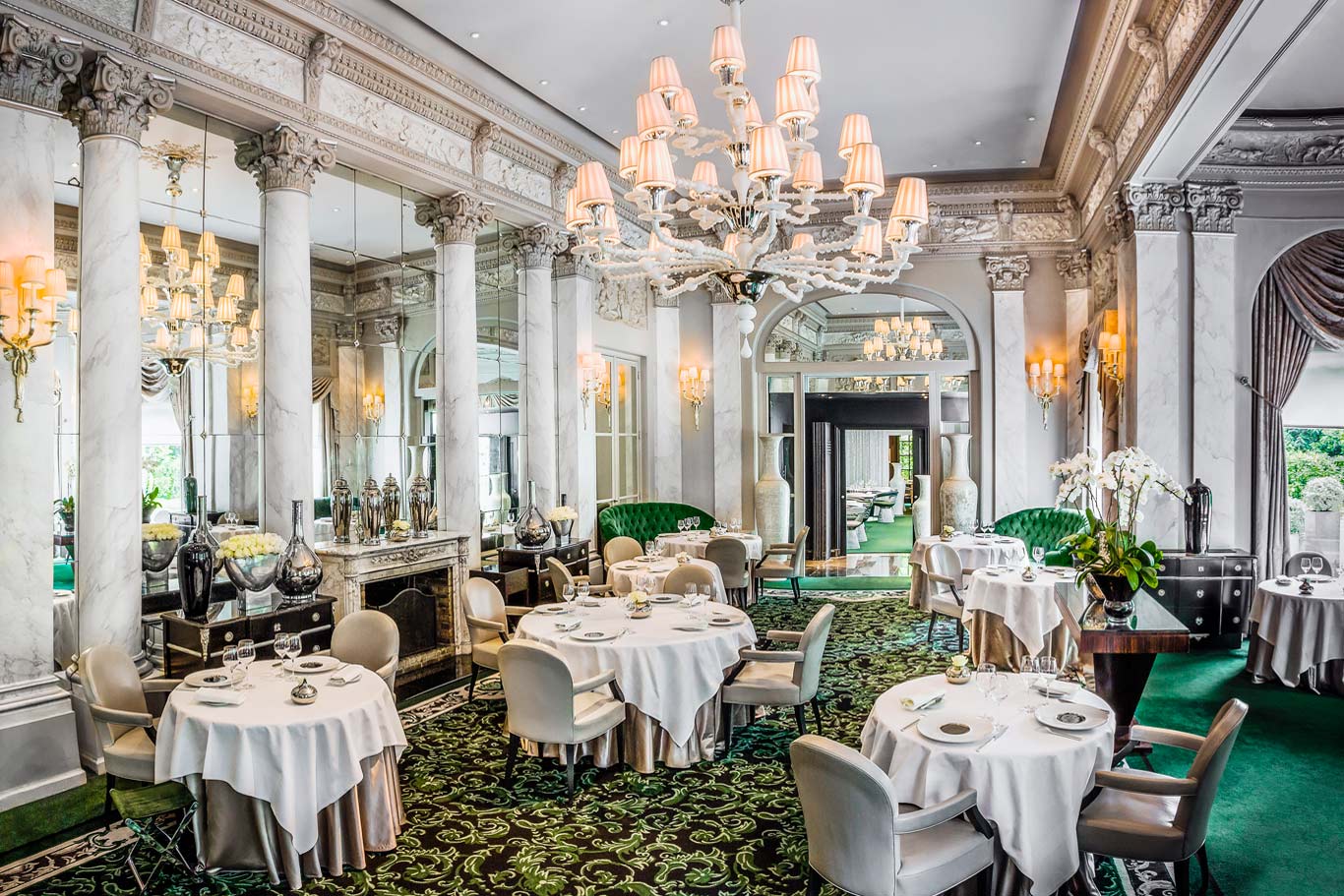





Re: Lunch menus in Brisbane. Esquire has a great one at $60 -$85 for 5 or 7 courses.
Excellent point! I’ve always wanted to go there. Have to add it to the list. 🙂